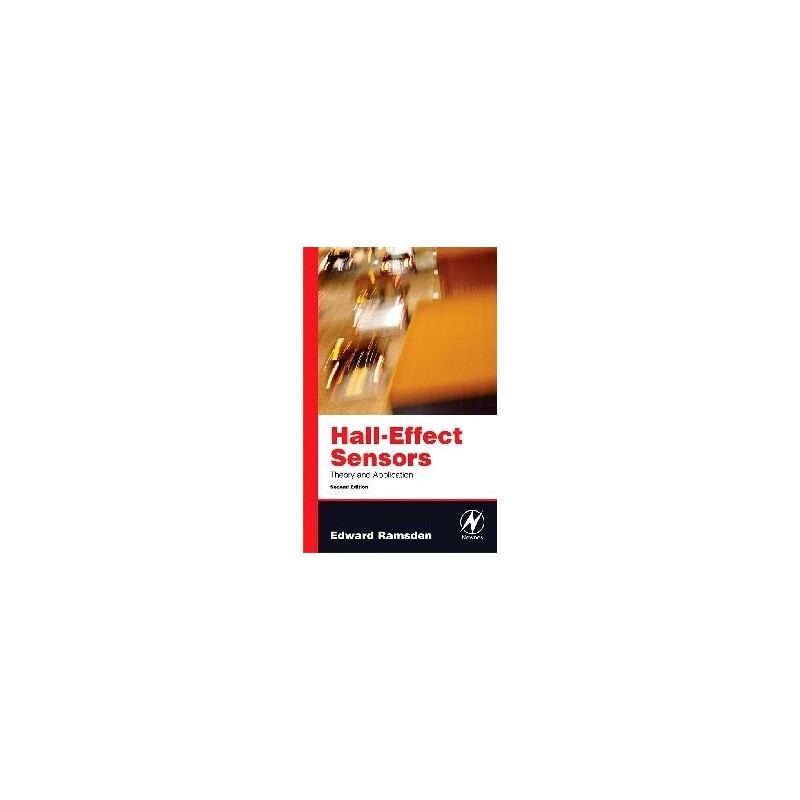- Obecnie brak na stanie




darmowa wysyłka na terenie Polski dla wszystkich zamówień powyżej 500 PLN

Jeśli Twoja wpłata zostanie zaksięgowana na naszym koncie do godz. 11:00

Każdy konsument może zwrócić zakupiony towar w ciągu 14 dni bez zbędnych pytań
Przemysłowy konwerter RS485 - Ethernet. Wyposażony został w funkcję PoE i jest montowany na szynie DIN. Waveshare RS485 TO POE ETH (LF)
Brak towaru
Brak towaru
Brak towaru
Brak towaru
Brak towaru
Pololu Micro Serial Servo Controller (assembled)
Brak towaru
Brak towaru
Brak towaru
Brak towaru
Alarm niskiego napięcia pakietów LiPo 2s~3s (HK22749)
Brak towaru
Brak towaru
Magnes neodymowy prostopadłościenny o wymiarach 10x5mm i wysokości 1 mm.
Brak towaru
Brak towaru
Moduł Xmega eXploreGO z mikrokontrolerem ATXmega128A4U (wersja bez MP3). Moduł wyposażony jest m.in. w pamięć DataFlash, złącze karty microSD. MOD-20/A.Z
Brak towaru
Taśma służy do ekranowania urządzeń elektronicznych i odprowadzania ładunków elektrostatycznych, samoprzylepna, 50mm x 30m
Brak towaru
Akumulator mobilny o pojemności 7600 mAh do ładowania przenośnych urządzeń elektronicznych, zasilanych napięciem 5V. Power bank Kruger&Matz ładowany jest poprzez port USB. KM0159
Brak towaru

